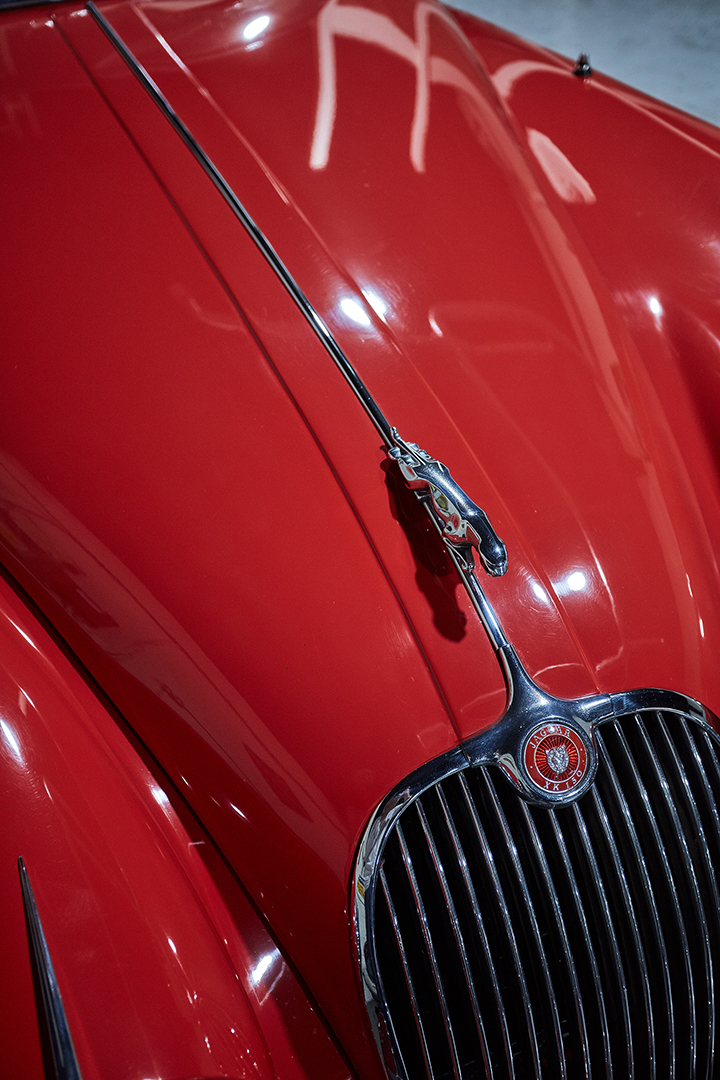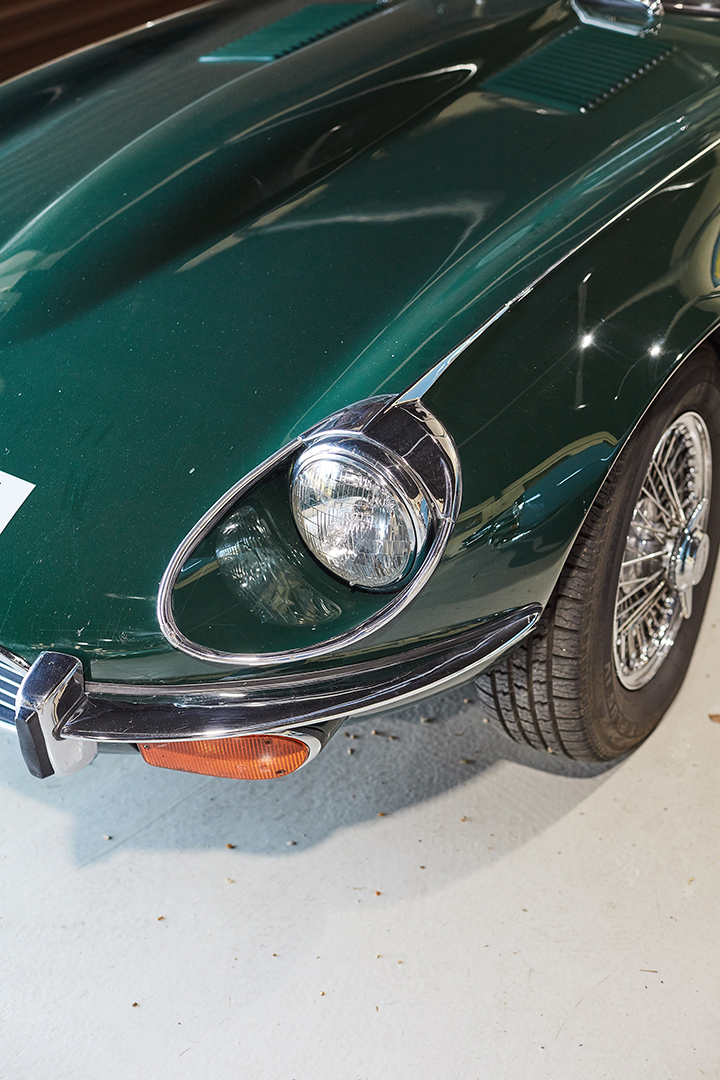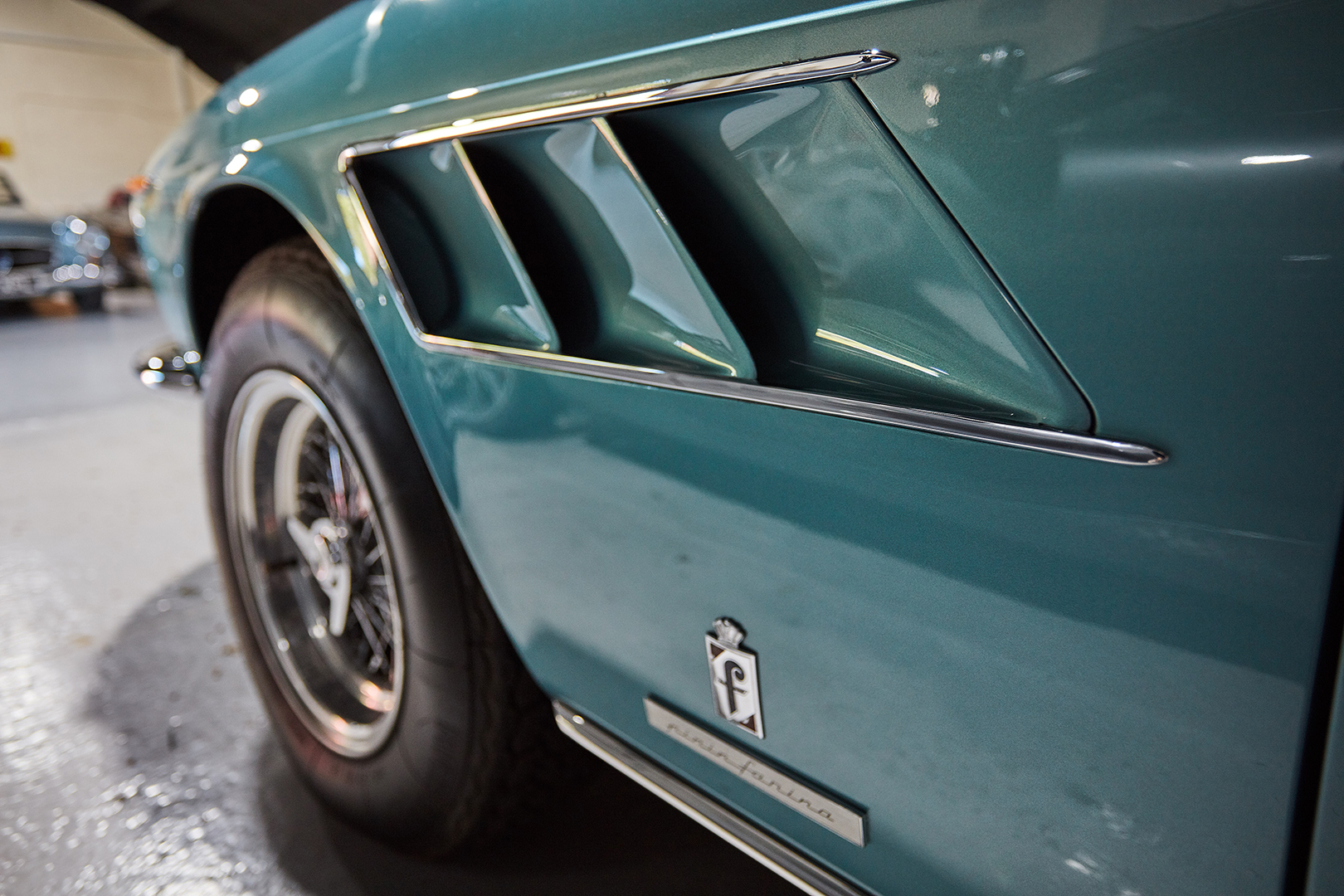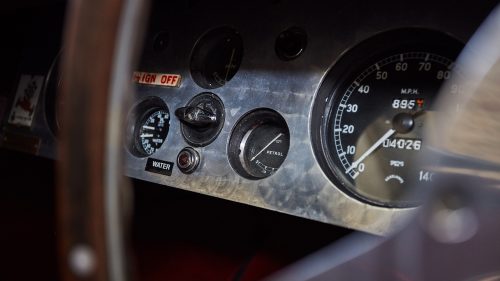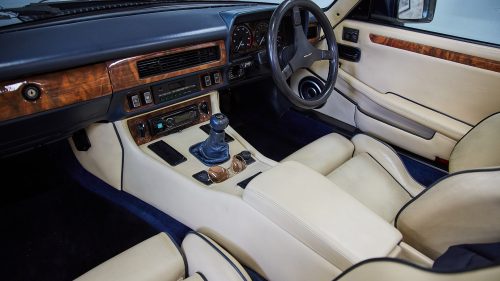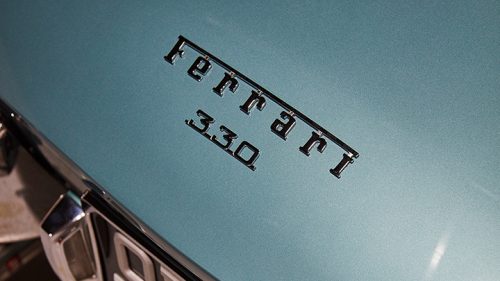The effects of humidity on the bodywork of your car
- 40% is in the body structure, panels, doors, and boot closures for high-strength and energy absorption in case of a crash
- 23% is in the drive train, consisting of cast iron for the engine block and machinable carbon steel for the wear-resistant gears
- 12% is in the suspension, using rolled high-strength steel strips
- The remaining will be in the wheels, tyres, fuel tank, steering, and braking systems
While modern future classic vehicles may utilise lightweight materials for chassis and panel production, steel will have been used throughout the car, still representing up to 40% of the car’s overall weight.
Both scenarios mean steel should be at the forefront of any solution to prevent the onset of rust.
Contact us for a quoteBreaking beliefs
When looking after a car’s bodywork the common belief is the single cause of rust is water on the material surface as a result of continued exposure to rain or snow. In reality, corrosion is the effect of high humidity in the air before rain or snow is visible.
Humidity in the United Kingdom remains relatively constant throughout the seasons, usually between 79% RH and 89% RH, which means moisture can accumulate all year round.
Corrosion of Steel starts at 40% RH but climbs dramatically above 60% RH. By controlling the humidity in the air surrounding your vehicle, we can prevent visible and hidden corrosion; we can even keep polished finishes shining, no dulling, no tarnishing, just shiny surfaces.
Checking for early signs of corrosion takes more than simply looking at body panels for bubbles on the paint. Although this is an excellent indicator, usually, when you can see surface blemishes, the corrosion has already well and truly set in.
Most corrosion happens under the surface in places you cannot always see. By the time you can see it, the damage can be extensive. If you find evidence of corrosion in visible areas of your vehicle, there will be many more instances in unseen parts.
Contact us for a quoteLooking after your bodywork – The four main signs of rust
- Irregular paint: Looking at a car, you might notice odd paint colours and spots that don’t match the original paintwork, a sign the vehicle has previously had rust issues.
- Bubbles: When paintwork starts bubbling, it means the paint has lost contact with the panel directly underneath, and air and water have gathered in between. That whole area is now vulnerable to rust. The bubble is just the tip of the iceberg.
- Puddles: If you notice water damage or dampness on your car’s carpets, it could be a sign that the metal directly below the carpet has perished.
- Body damage: Scratches, dents, and nicks are common in most cars, but unfortunately, anything that creates paintwork vulnerabilities or damage leads to rust, as this gives direct contact between air and steel. In a protected environment, even scratches aren’t a risk.

